Two blocks, each having, mass 20 kg, rest on a frictionless surface as shown in Fig Assuming the pulleys to be light and frictionless, calculate the time required for block A to move 1 m down the plane.
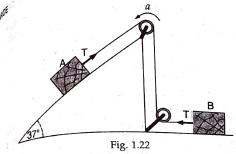 . Solution in Punjabi
. Solution in Punjabi
Step by step video & image solution for Two blocks, each having, mass 20 kg, rest on a frictionless surface as shown in Fig Assuming the pulleys to be light and frictionless, calculate the time required for block A to move 1 m down the plane.. by Physics experts to help you in doubts & scoring excellent marks in Class 11 exams.
Topper's Solved these Questions
Similar Questions
Distinguish between streamline and turbulent flow of a liquid.
07:31View SolutionA horizontal force of 490 n is required to slide a sledge weighing 600 kgf over a flat surface. Calculate the coefficient of friction.
03:59View Solutionfind the acceleration of the block of mass M in the situation shown in figure. All the surfaces are frictionless and the pulleys and the string are light.
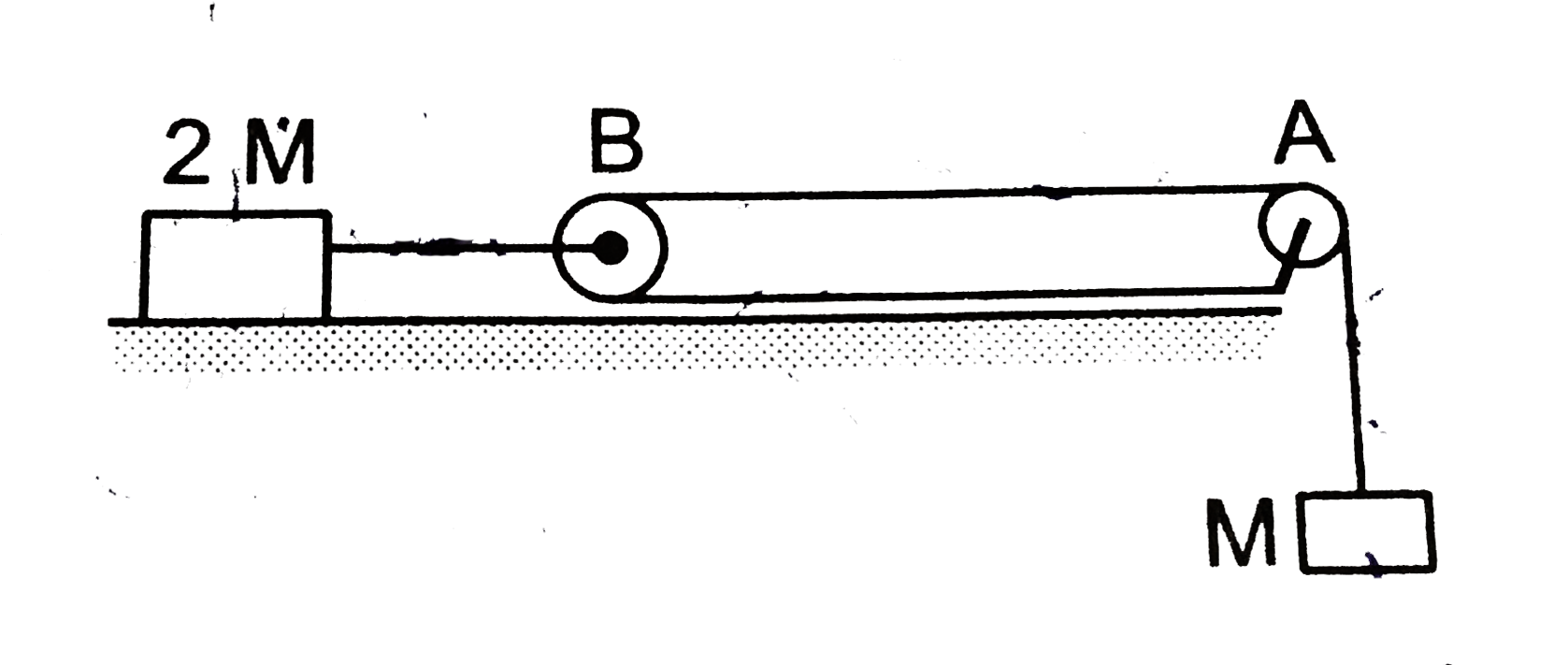 06:52View Solution
06:52View SolutionA 0.098-kg block slides down a frictionless track as shown in (Fig. 5.208). . The time taken by the block to move from A to B is.
05:30View SolutionA 0.098−kg block slides down a frictionless track as shown in (Fig. 5.208).
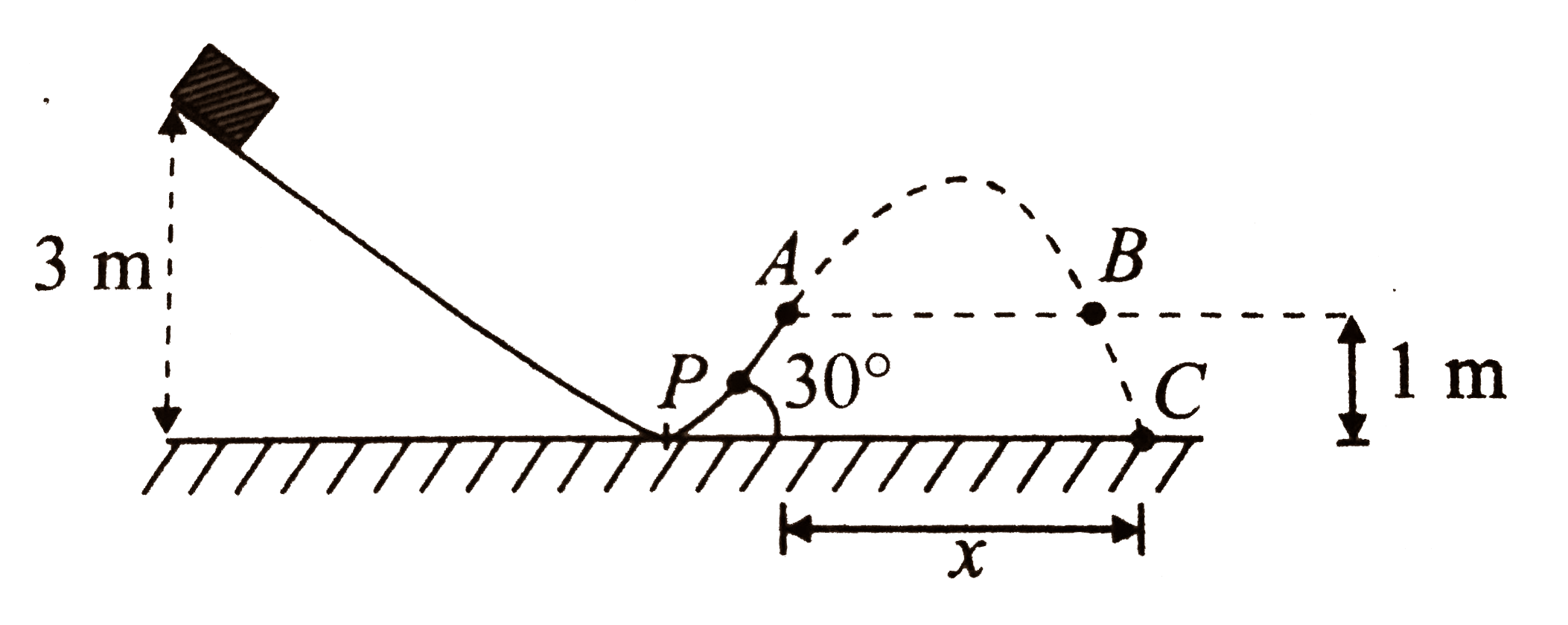 .
.
The time taken by the block to move from A to C is.01:08View SolutionA block of mass m is placed on the inclined sufrace of a wedge as shown in fig. Calculate the acceleration of the wedge and the block when the block is released. Assume all surfaces are frictionless.
02:06View SolutionTwo blocks each of mass M are resting on a frictionless inclined plane as shown in fig then:
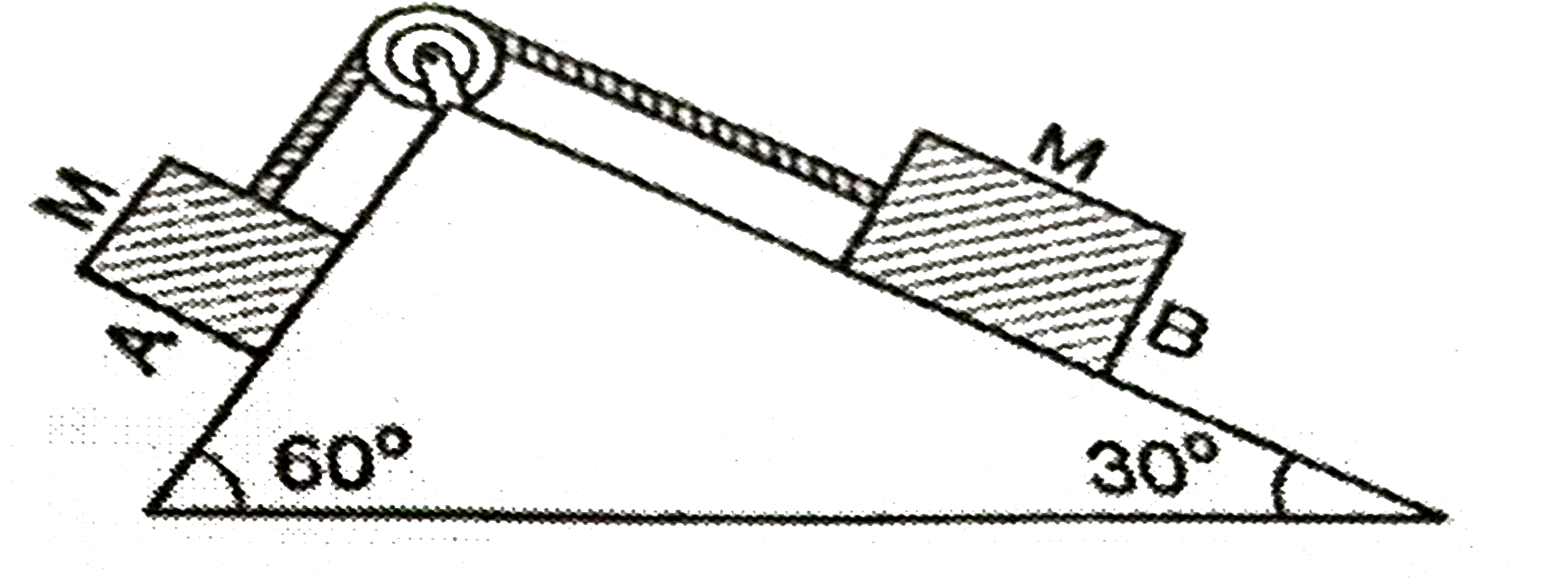 04:43View Solution
04:43View SolutionTwo blocks, each having a mass M, rest on frictionless surfaces as shown in the figure. If the pulleys are light and frictionless and M on the incline is allowed to move down, then the tension in string will be
05:04View SolutionTwo blocks A and B each having a mass of 20kg, rest on frictionless surfaces as shown in the figure below.Assuming the puelleys to be light and frictionless, compute : (a) the time required for block A, to move down by 2m on the plane, starting from rest, ( b) tension in the string, connecting the blocks.
07:42View SolutionTwo blocks are connected by a cord passing over a small frictionless pulley and resting on frictionless planes as shown in the figure. The acceleration of the blocks is :
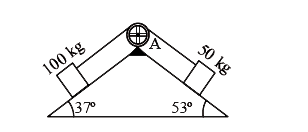 02:31View Solution
02:31View SolutionTwo blocks are connected by a cord passing over a small frictionless pulley and resting on frictionless planes as shown in the figure The accleration of the blocks is-
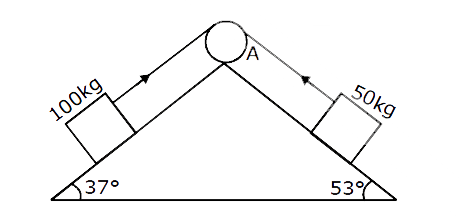 01:43View Solution
01:43View Solutionfind the acceleration of the block of mass M in the situation shown in figure. All the surfaces are frictionless and the pulleys and the string are light.
 04:12View Solution
04:12View SolutionTwo blocks each of mass M are resting on a frictionless inclined plane as shown in fig then:
 01:49View Solution
01:49View SolutionA block of mass M is placed on the top of a bigger block of mass 10M as shown in fig. All the surfaces are frictionless. The system is releated from rest. The distance moved by the bigger block by the time the smaller block reaches the ground is
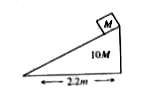 02:02View Solution
02:02View SolutionTwo blocks, each having a mass M, rest on frictionless surfaces as shown in the figure. If the pulleys are light and frictionless and M on the incline is allowed to move down, then the tension in string will be
04:11View SolutionA 0.098−kg block slides down a frictionless track as shown in (Fig. 5.208).
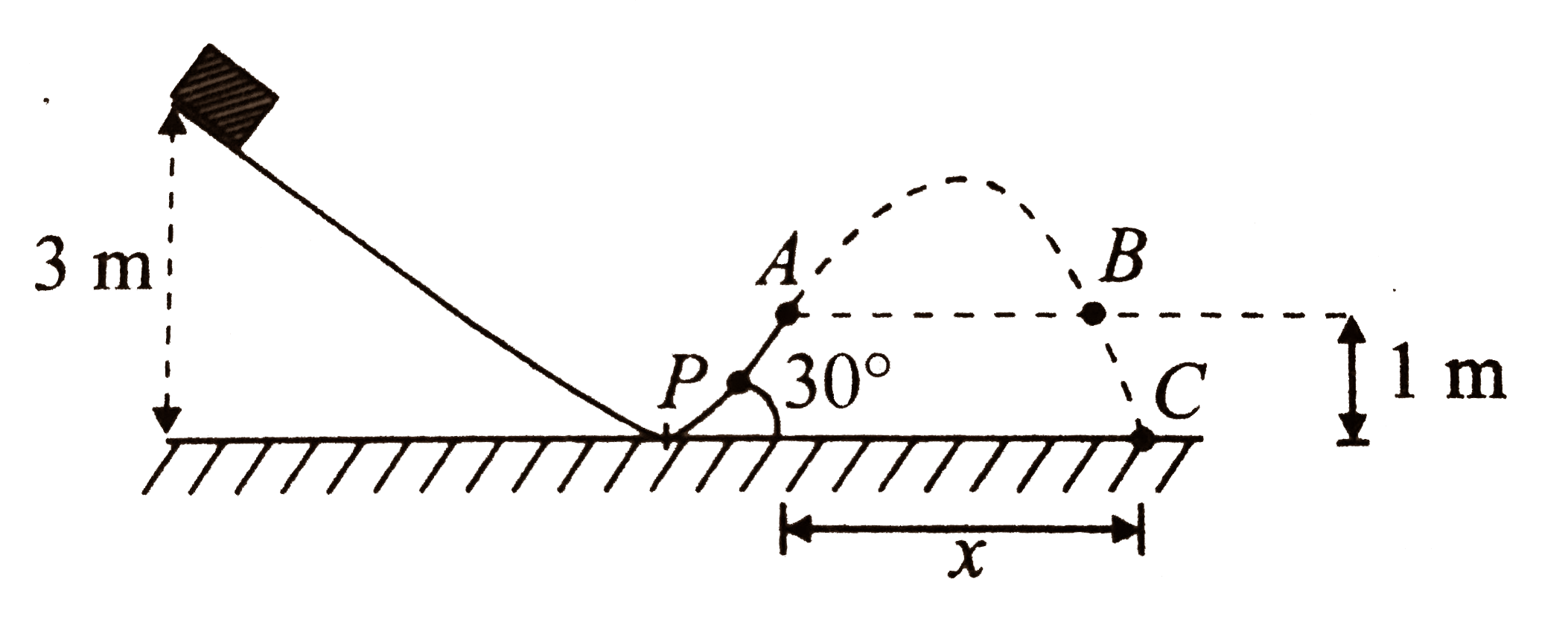 .
.
The time taken by the block to move from A to B is.07:53View Solution

